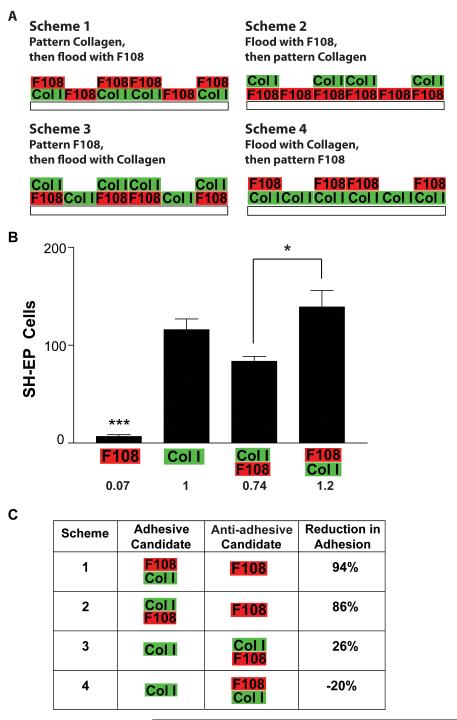Figure 4. Schemes for making F108-collagen I double patterns.
A. There are 4 possible schemes of application, each involving a patterning step of one material and a flooding step of the other. Each application scheme produces a region coated with a single material (either collagen or F108) and another region coated with both materials (collagen on F108 or F108 on collagen). These four candidate surfaces represent potential adhesive and anti-adhesive regions to cause cell patterning. B. The adhesion of SH-EP cells was evaluated on the four unpatterned candidate surfaces produced from the application schemes. Any candidate surface coated with collagen was highly adhesive; only F108 alone reduced cell adhesion. C. The adhesion produced by each candidate surface was calculated as a fraction of the cell adhesion on collagen, and then percent reduction in adhesion between the surfaces in each scheme was calculated. Schemes 1 and 2, in which collagen does not contact F108 in the application process, produced significant reductions in adhesion between the more and less adhesive candidate surfaces. *p<0.05, ***p < 0.001.

